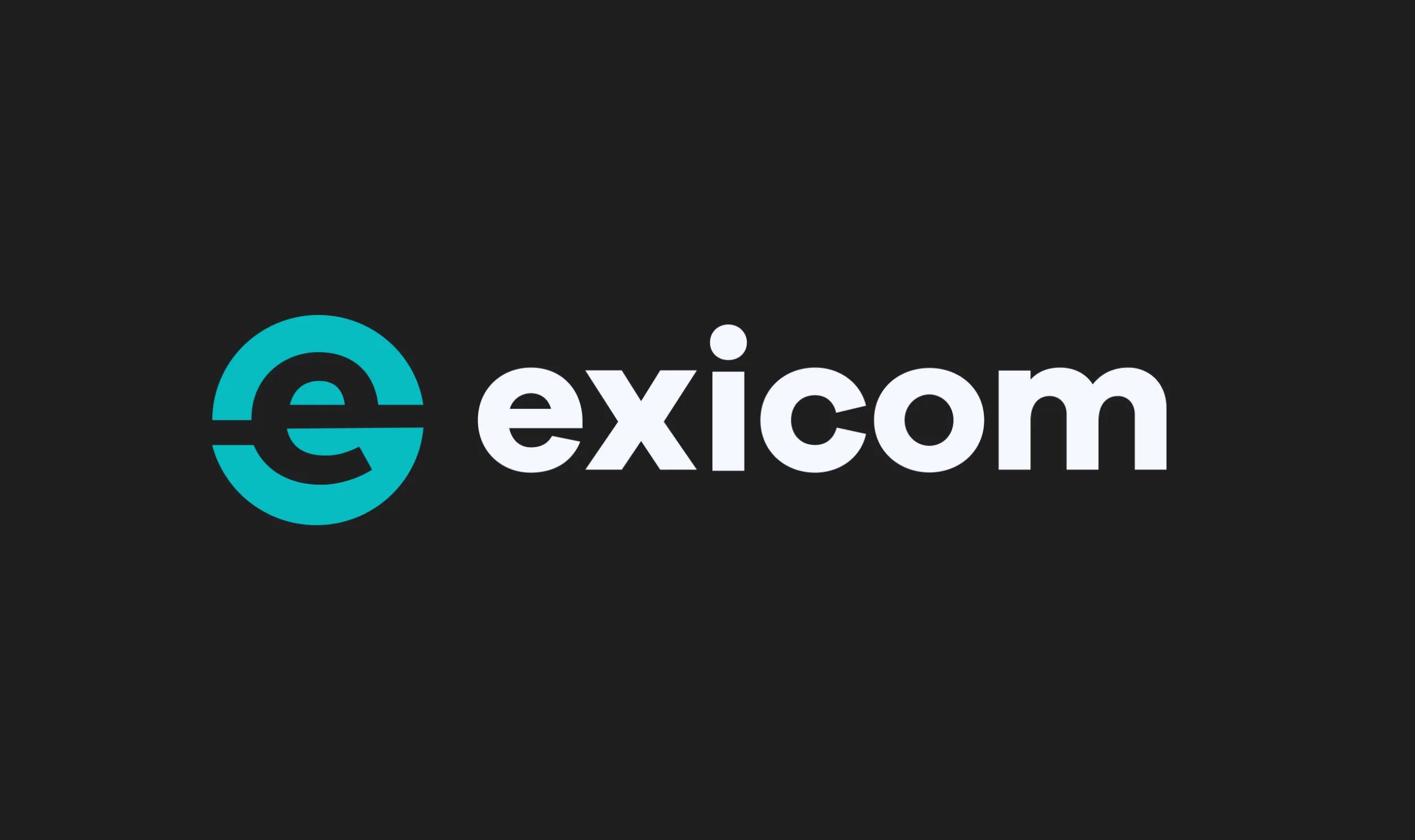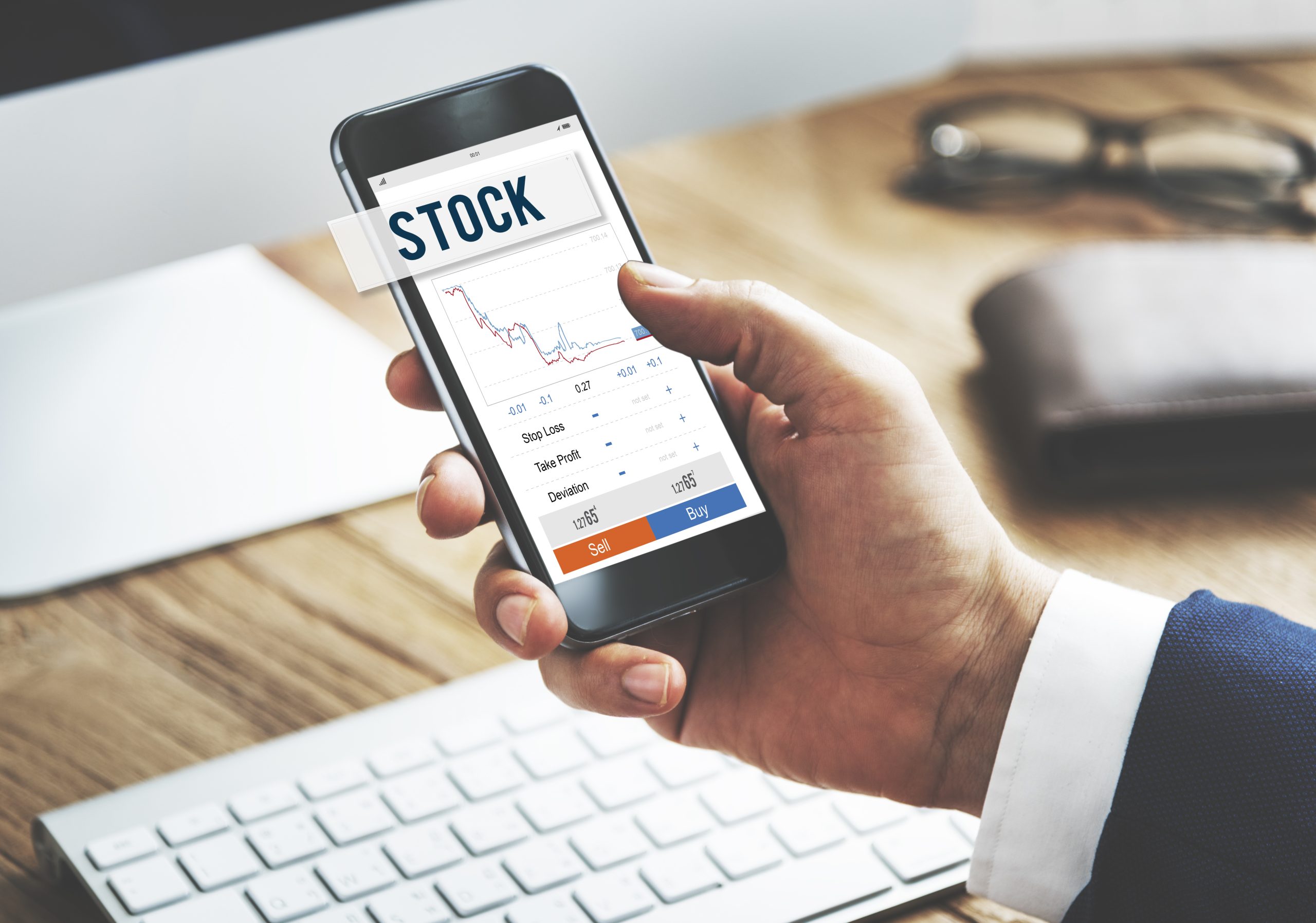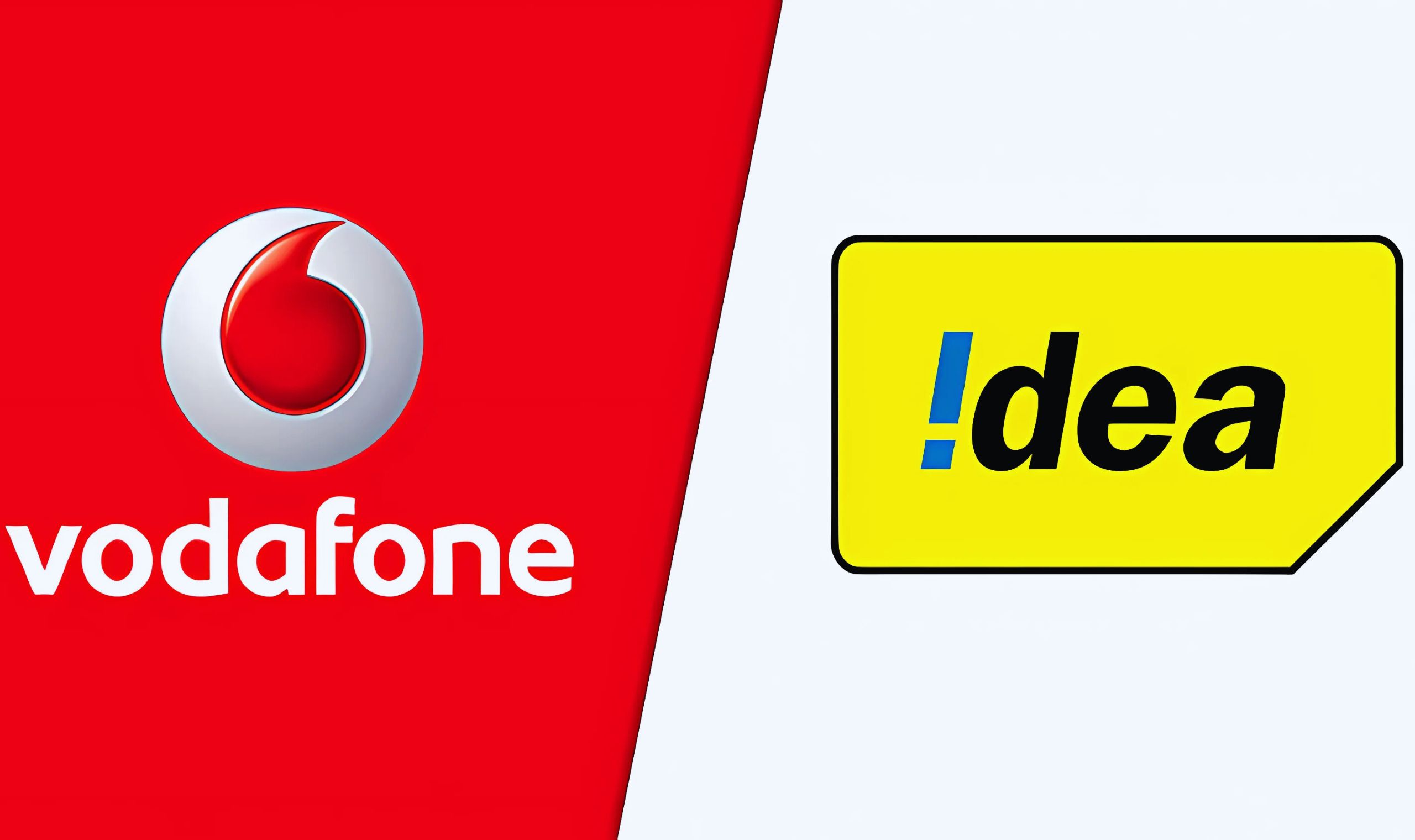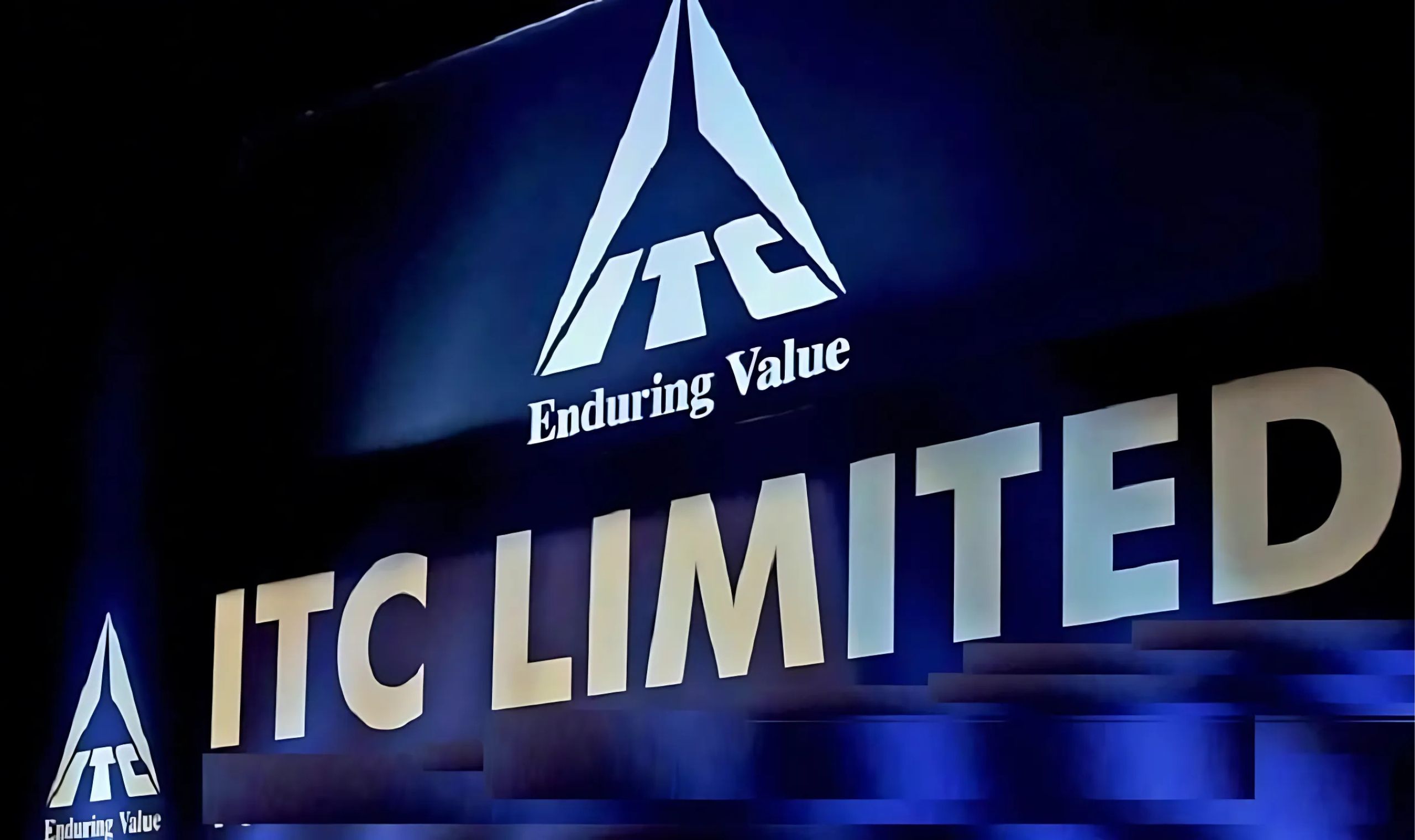Exicom Tele-Systems, one of the leaders in the power systems and electric vehicle (EV) charging businesses, has been facing a severe downturn in its stock price. On February 6, 2025, the stock of Exicom touched a 10% lower circuit limit at ₹219.70 per share after the company’s poor Q3 FY25 results. The stock has declined 59% from its all-time high, and investors and market analysts are trying to understand the reasons behind this downfall and what is in store for the company in the future.
A Look at Exicom’s Q3 Results: A Major Setback
Exicom’s financial results for Q3 FY25 raised several concerns for both shareholders and industry observers. The company posted a net loss of ₹49 crore in Q3, a stark contrast to the ₹8.99 crore net profit it reported during the same period last year. This drastic reversal in profitability has significantly impacted investor sentiment, triggering the lower circuit filter on the stock. The quarter ended December 2024 was not good for Exicom as far as its revenue from operations is concerned, as it plummeted by 25% year-on-year to ₹196.63 crore from ₹263.65 crore in Q3 FY24.
Performance Analysis of Exicom
Overall, Exicom’s performance has taken a hit, but its two key business segments have had stark contrasts: the EV charger segment and the critical power segment.
- EV Charger Segment: A Silver Lining The EV charger segment showed encouraging signs despite the broader decline in revenue. Exicom reported a solid 120% increase in revenue from this segment, from ₹50.29 crore in Q3 FY24 to ₹110.49 crore in Q3 FY25. The growth in this segment may be due to the increased adoption of electric vehicles within India because of the government’s thrust towards clean energy and sustainable transportation options. This growth occurs along the overall strategy of Exicom over the long term by further establishing itself as a leader in the EV infrastructure market. The positive revenue growth in the EV charger segment points out that the company can adapt to changing market conditions.
- Critical Power Segment: Major Slump Contrary to this, the critical power segment, which always accounted for major revenues, is in sharp decline. This is because revenues earned from the said segment decreased drastically by 60% YoY from ₹213.36 cr in Q3 FY24 to ₹86.13 cr in Q3 FY25. The cause of this downtrend has been ascribed to weak demand in power systems, probably influenced by a cocktail of economic factors including slow development in infrastructure and decreasing investments in power solutions. This critical power business is under serious pressure as the sector’s lacklustre performance will reflect on Exicom’s core traditional business and potentially stall the long-term efforts at revenue diversification for the company.
- The Closure of Exicom NexGen Power B.V: In other words, Exicom also announced an important one about the closure of a wholly owned subsidiary, Exicom NexGen Power B.V., incorporated in the Netherlands. As per the company statement, Exicom NexGen Power B.V. has yet not commenced its business operations since its incorporation. Although the closure is expected to take one to two months and will be dependent on approval from the regulatory authorities in the Netherlands, the decision does pose some questions over the international expansion plan of Exicom. If Exicom fails to find enough attractive opportunities overseas, the company’s approach to international business might change.
- Market Reaction: Exicom’s stock has been a roller coaster ride in the last few months. After listing at ₹265 per share on the stock exchanges in March 2024, an 87% premium over the issue price of ₹142 per share, the company’s performance has failed to impress. At present, Exicom’s stock is 59% lower than its 52-week high of ₹530 per share. The biggest reason for the steep decline in stock price is the failure of the company to meet market expectations in Q3 coupled with growing concerns over its financial health and business segments.
This sharp decline in Exicom’s stock price has seen widespread profit-booking due to investors responding to the poor performance of the company and its underperformance across its EV as well as its critical power segments. Moreover, the market response to the abysmal performance by the company again reflects the volatility that the investor faces when he invests in the space of tech as well as in power infrastructure.
Can Exicom Turn Around?
The future seems pretty bumpy for Exicom as it continues through this patch. The immediate trouble the company is facing in its critical power segment does not take away from the growth potential of the EV charger business. With electric vehicle demand growing exponentially, Exicom is well-positioned to take advantage of the rapidly growing need for EV infrastructure in India. However, the company needs to resolve the issues it is facing in its traditional business areas, especially the critical power segment, for long-term sustainability.
What Can Exicom Do to Revive Its Fortunes?
- Focus on EV Infrastructure: This is an area where Exicom can focus further on its business of EV charging infrastructure. Given the increasing government support for a shift towards electric mobility, this will provide more opportunities for expanding offerings, target new customers, and increase its market share.
- Streamline Operations in the Critical Power Segment: Exicom needs to reassess its strategies in the critical power segment to arrest the decline. This could be in terms of cost-cutting measures, streamlining product offerings, and focusing on high-margin, high-demand solutions. In addition, the company needs to explore new technologies and innovations in power systems to remain competitive.
Exicom should always keep exploring and seeking new global markets and a diversity of product offerings. The news that it’s closing its subsidiary in the Netherlands might be interpreted as a strategy adjustment on how it should push through with other global operations, though. Good management can assist in identifying suitable entry points, such as potential profit-generating markets, supporting Exicom growth.
Improve Operational Efficiency: Exicom needs to reduce operational inefficiencies. Improving the operations of both the EV and critical power segments would help the company reduce costs and improve profitability. In addition, innovation in both sectors could help Exicom maintain its competitive advantage.
Strengthening Brand Positioning and Marketing: To sustain its resurgence, Exicom needs to strengthen its brand positioning especially in the EV charger market. It can execute B2B contracts, develop partnerships with governments and enterprises, and enhance consumer awareness towards boost its sales as well as branding. This can place it back at a better ranking as an EV Infrastructure Provider.
Conclusion: Is Exicom Still a Good Investment?
While Exicom Tele-Systems is currently facing significant headwinds, particularly in its critical power business, its EV charging infrastructure business offers a promising growth avenue. With strong potential for growth in the electric vehicle market and increasing demand for EV infrastructure, Exicom could recover if it focuses on its strengths, streamlines operations, and continues innovating.
However, investors should be cautious, given its recent financial struggles, declining stock price, and volatility in its key business areas. Exicom’s recovery will depend on its ability to address short-term challenges and capitalize on long-term growth opportunities in the EV market. Investors need to closely monitor the company’s performance, especially its progress in its EV charger business, to gauge whether Exicom can stage a comeback.
In a nutshell, Exicom will do well or poorly depending upon how it plays with the game of changing dynamics of the market and innovation of the business which are its primary focus areas. Recent performance, however, was very disappointing for investors. There are strong arguments, though, in favour of its recovery mainly on account of growth in electric vehicles and demands of EV infrastructures. Therefore, as in all cases, research and the latest developments of the company should always be followed up for proper decision-making.















0 Comments